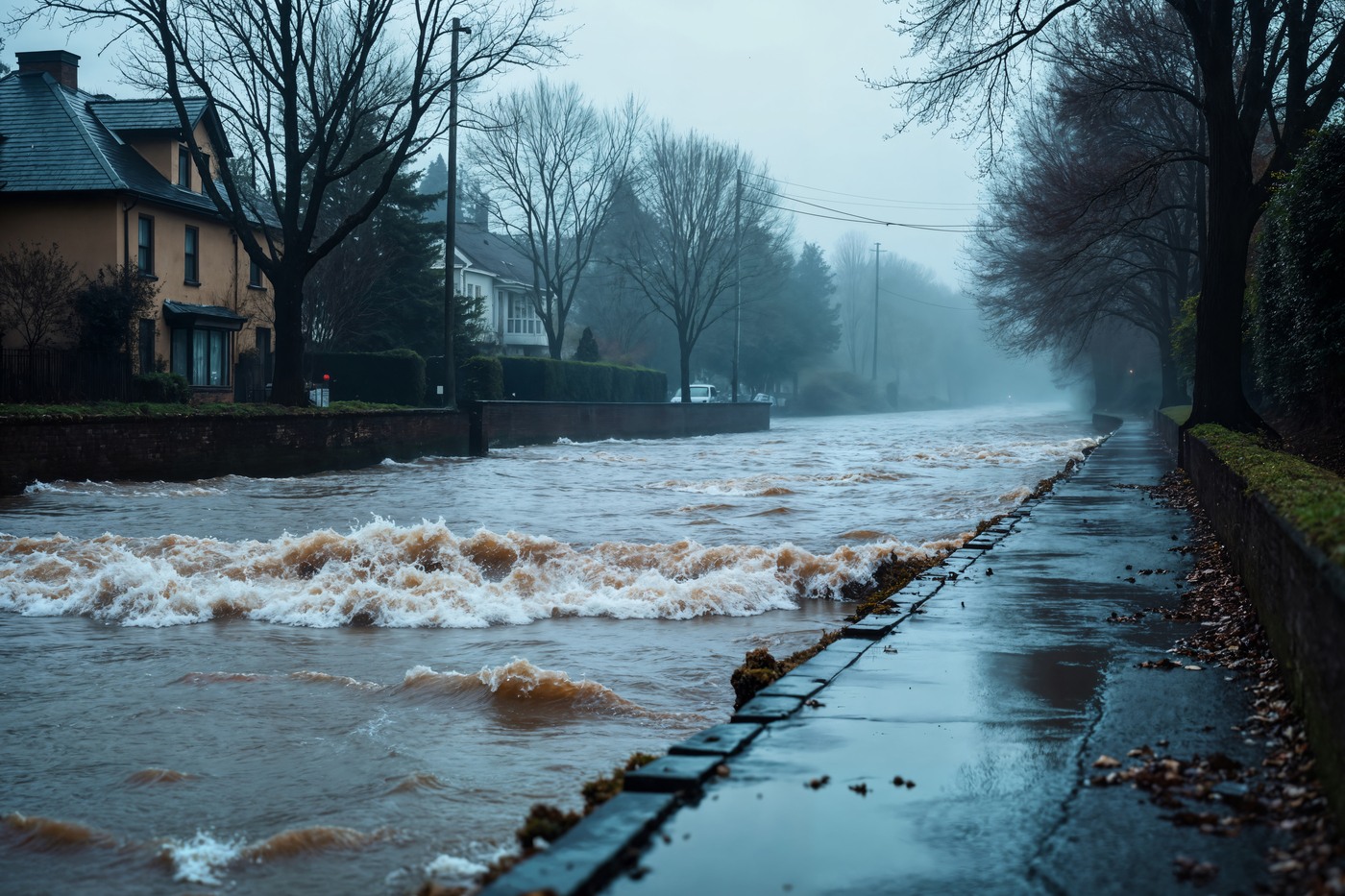
Choosing Flood and Earthquake Resistant Materials for Your Home
Building a home in an area prone to natural disasters requires more than just good design it demands smart material choices. Floods and earthquakes are two of the most common natural threats in many regions, especially in tropical and tectonically active countries. Selecting the right materials can significantly reduce damage, enhance safety, and prolong the life of your home.
1. Opt for Reinforced Concrete Structures
Reinforced concrete (RC) remains one of the most reliable materials for earthquake resistance. Its combination of concrete and steel reinforcement provides both strength and flexibility essential for absorbing seismic energy and preventing structural collapse. Make sure the steel reinforcements are properly placed and protected from corrosion, especially in humid or flood-prone areas.
2. Use Elevated Foundations and Flood-Resistant Materials
To protect your home from flooding, start from the ground up. Elevated foundations, such as raised concrete slabs or stilts, can help keep living areas above floodwater levels. For lower walls and flooring, use materials that can resist water absorption like ceramic tiles, concrete blocks, or treated hardwood. Avoid gypsum boards or untreated plywood, which can easily deteriorate when wet.
3. Choose Lightweight Roofing Systems
During an earthquake, heavy roofing materials can increase structural loads and risk of collapse. Instead, opt for lightweight materials such as metal roofing sheets, asphalt shingles, or fiber cement panels. These not only reduce seismic stress but are also easier to repair or replace after extreme weather events.
4. Install Water-Resistant Wall Finishes
Walls are often the first to be affected during flooding. Use water-resistant coatings like epoxy paint, waterproof cement plaster, or weather-sealed exterior finishes. These protect the structure from water seepage and mold growth, helping maintain indoor air quality.
5. Select Flexible and Durable Flooring
For floors, consider using vinyl, ceramic tiles, or polished concrete. These materials are both durable and easy to clean after flooding. In earthquake-prone areas, flexible floor systems can also help absorb vibrations without cracking.
6. Reinforce Openings and Joints
Windows and doors are weak points during disasters. Use shatter-resistant glass, strong aluminum frames, and waterproof seals. Structural joints should be designed to allow controlled movement preventing cracks during earthquakes while keeping the home watertight during floods.
7. Sustainable and Local Materials
Whenever possible, choose locally sourced materials designed for your specific climate and soil type. Many traditional materials like bamboo, engineered timber, or volcanic rock have natural flexibility and resilience that can perform well in seismic conditions when properly treated and engineered.
Building a flood and earthquake-resistant home isn’t just about safety it’s an investment in longevity and peace of mind. By combining smart material choices with proper structural design, homeowners can create spaces that not only withstand nature’s challenges but also remain comfortable and sustainable for years to come.

Date: November 13, 2025
The global property sector is entering 2026 with a complex mix of opportunities and structural challenges. As markets recover unevenly from economic disruptions of the early 2020s, developers, investors, and policymakers must confront new realities shaped by shifting demographics, technological adva ...

Date: November 14, 2025
Buying a house is one of the biggest financial decisions most people will ever make. While many buyers focus on the down payment and monthly mortgage, there are several hidden costs that often catch them by surprise. Understanding these expenses can help homebuyers prepare more accurately and avoid ...

Date: November 15, 2025
For years, many assumed that Gen Z facing rising housing prices, student loans, and economic uncertainty would delay homeownership even longer than millennials. Surprisingly, the trend is shifting. Around the world, more Gen Z adults (typically defined as those born between 1997–2012) are beginnin ...

Date: November 15, 2025
For many people, owning a home remains a major life goal symbolizing stability, security, and long-term financial growth. But with rising property prices, higher living costs, and economic uncertainty, the big question for 2025 is clear: Is buying a house still realistic? The answer depends on sever ...

Date: November 11, 2025
In the fast-paced world of real estate, the digital revolution has completely transformed how properties are marketed and sold. Today’s property agents and developers must adapt to changing consumer behavior, emerging technologies, and online competition. To succeed, real estate professionals need ...
Ala Land Bali — a magical place for the real you
BECOME PART OF THE HISTORY Share your contact details, and our manager will reach out
with full project details

